Couldn’t understand the difference between object and plain object in JavaScript.
I know how Object looks like but don’t understand plain object. I googled about this but couldn’t understand.
As per my understanding normal object looks like below
const object = {};
Or we do call functions as objects in JavaScript
function test() {
}
But what is plain object? how it differs with normal object. Thank you
Edit:
My confusion started about plain object after looking at below error. So my query is to understand the concept of plain object in JavaScript
Actions must be plain objects. Use custom middleware for async actions.
